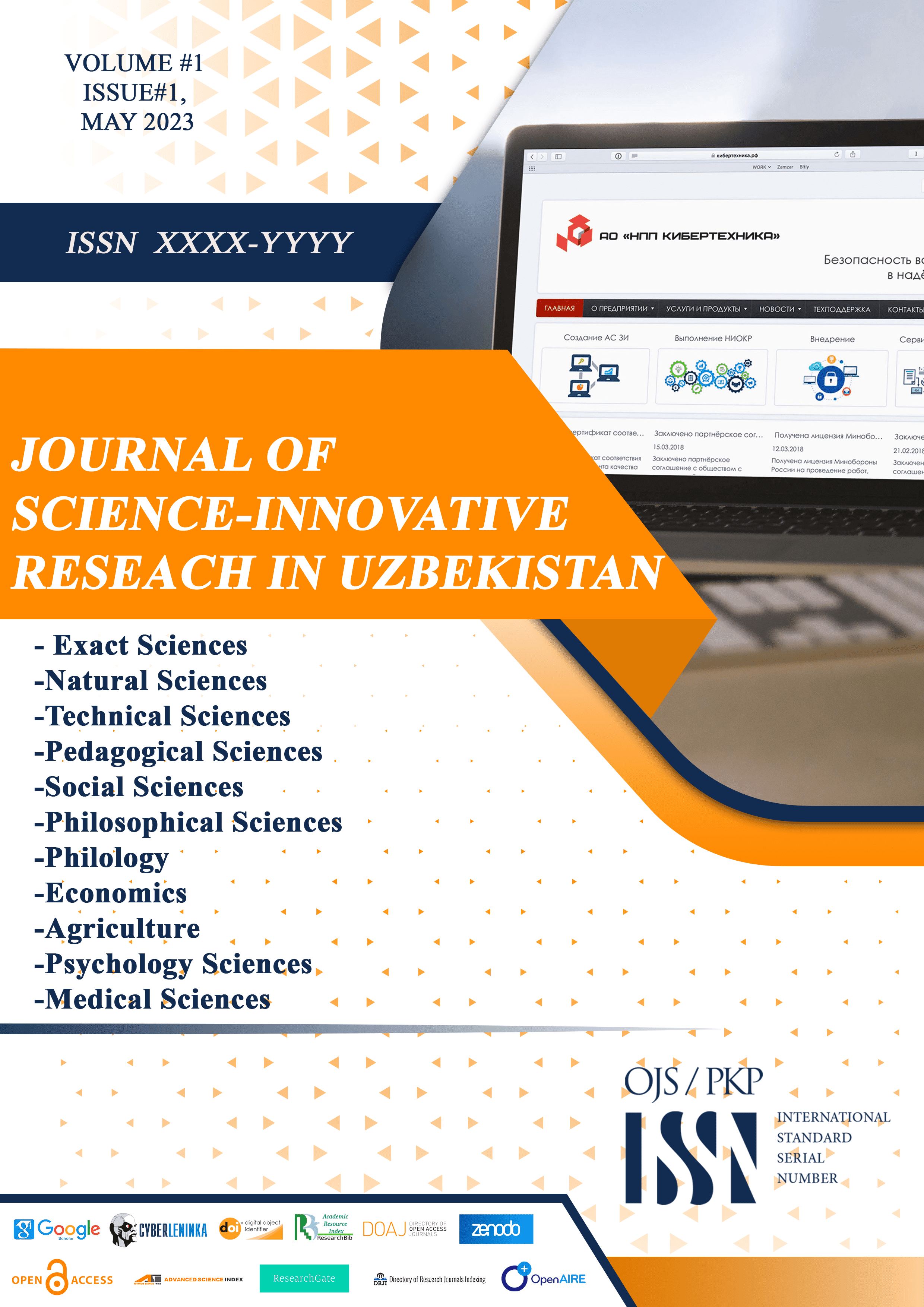Abstract
В статье рассматривается использование фразеологических единиц, связанных с гендером, в английском языке. Анализируется влияние языковых стереотипов на формирование гендерных ролей, а также отражение социальных и культурных представлений о маскулинности и фемининности в устойчивых выражениях. Особое внимание уделяется лексико-семантическим особенностям гендерно маркированных фразеологизмов, их прагматической функции и динамике изменений в контексте современного общества. В статье приводятся примеры фразеологических единиц, иллюстрирующие специфику гендерных стереотипов, а также рассматриваются тенденции к гендерной нейтрализации языка.
References
1. Baker, P. (2008). Sexed Texts: Language, Gender and Sexuality. London: Equinox.
2. Cameron, D. (1998). Feminism and Linguistic Theory. New York: Palgrave Macmillan.
3. Coates, J. (2013). Women, Men and Language: A Sociolinguistic Account of Gender Differences in Language. London: Routledge.
4. Lakoff, R. (1975). Language and Woman's Place. New York: Harper & Row.
6. Baker, P. (2008). Sexed Texts: Language, Gender and Sexuality. London: Equinox.
7. Cameron, D. (1998). Feminism and Linguistic Theory. New York: Palgrave Macmillan.
8. Coates, J. (2013). Women, Men and Language: A Sociolinguistic Account of Gender Differences in Language. London: Routledge.
9. Utebaev T., Sarsenbaeva Z. Linguoculturological analysis of proverbs //Berlin Studies Transnational Journal of Science and Humanities. – 2021. – Т. 1. – №. 1.5 Pedagogical sciences.
10. Mills, S. (2008). Language and Sexism. Cambridge: Cambridge University Press.
11. Pauwels, A. (2003). Linguistic Sexism and Feminist Linguistic Activism. In J. Holmes & M. Meyerhoff (Eds.), The Handbook of Language and Gender (pp. 550-570). Oxford: Blackwell.
12. Алексеенко М. А. Феминизмы в лексико- и фразеографическом отражении // Славянские языки в свете культуры: Сборник научных статей. М.: А Темп, 2006. С. 28-30.
13. Alekseenko, M.A. (2006) Is the Image of Women Negative in Language? Moscow: Ellipse Publishing House. 263p.
14. Karabekova, E., Ergeshova, N., & Abdykadyrova, S. (2022). Features of the Gender Aspect Paroemias in Linguistic Picture of the World (Based on the Material of Russian and English Languages). Bulletin of Science and Practice, 8(1), 314-320. https://doi.org/10.33619/2414 2948/74/47
15. Alekseenko, M.A. (2009) Who Discriminates against Whom in Language? The Horizons of Modern Linguistics. Moscow: The Languages of Slavic Cultures, 1532p.
16. Dal, V. I. (2020). Tolkovyi slovar' zhivogo velikorusskogo yazyka. Moscow. (in Russian).
17. Fomin, A.G. (2003). The Psycho-Linguistic Concept of Modeling the Gender Linguistic Personality. Kemerovo: Kuzbassvuzizdat. 236p.
18. Hellinger, M. & Motschenbacher, H. (2015) Gender across languages: the linguistic representation of women and men. USA: John Benjamins Publishing. 405p.
19. Sarsenbaeva Z. J. Pedagogical Peculiarities of forming linguocultural competence of higher education students in Karakalpakstan //EPRA International Journal of Multidisciplinary Research (IJMR)-Peer Reviewed. – 2021. – Т. 7. – №. 2021. – С. 161-166.
20. Sarsenbaeva Z. J., Utebaev T. T. Role of phraseology in developing communicative competence //EPRA International Journal of Multidisciplinary Research (IJMR). – 2020. – Т. 6. – №. 9. – С. 47-53.

This work is licensed under a Creative Commons Attribution 4.0 International License.

